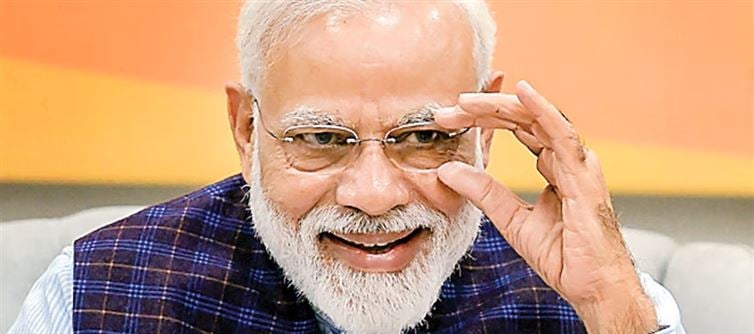
The same sleight of hand is evident in the new income tax regime, showcased as a boon for the middle class with the bold claim that incomes up to ₹12 lakh attract “zero tax.” The truth, however, is buried in the fine print—once your earnings cross ₹12 lakh, tax liability is calculated from ₹4 lakh onwards. Far from being a progressive reform, it is a carefully worded gimmick designed to generate headlines while leaving ordinary taxpayers disillusioned. What is projected as generosity is in fact a deceptive recalibration that does little to reduce the real tax burden on the salaried class.
Energy policy tells a similar story. The government’s aggressive push for ethanol blending in petrol is marketed as an act of economic nationalism to cut down oil imports. Yet, for the common motorist, the outcome is reduced mileage and higher fuel expenditure. Citizens are left paying more at the pump while oil companies reap the benefits of increased sales. These examples are not isolated—they represent a governing style that borrows heavily from corporate marketing strategy: sell a shiny product, create buzz around it, but ignore its long-term utility for the end user. In this model of governance, public welfare becomes secondary to optics, revenue, and political branding.




 click and follow Indiaherald WhatsApp channel
click and follow Indiaherald WhatsApp channel